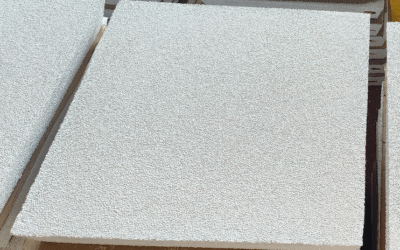porous ceramic materials matter a lot in applications that need high heat transfer and good thermal control. These materials have a special structure with connected or closed pores. This gives them useful properties: low weight, large surface area, and strong...
Industrial Ceramics
What Are The Raw Materials For Refractory Ceramics?
Overview of Raw Material Categories Refractory ceramics use many different raw materials. Each material serves a specific purpose in industrial use. I recommend grouping these materials by their chemical properties, use, and where you can find them. Major Categories...
What Are Ceramics And Refractories?
What Are Ceramics and Refractories? Ceramics are hard, brittle materials. They come from inorganic, nonmetallic minerals. We make them by firing at high temperatures. These materials have high compressive strength. They conduct little electricity or heat. They resist...
What Is The Difference Between Porous And Non-Porous Ceramics?
You can tell porous ceramics and non-porous ceramics apart by their pore structure. Pores are tiny holes or spaces in the material. What Are Porous Ceramics? Porous ceramics have many tiny holes called pores. These pores are empty spaces filled with air. Some pores...
What Is The Difference Between Refractories And Ceramics?
Definition and Basic Concepts Ceramics are non-metal materials. We make them from compounds like oxides, carbides, or nitrides. Common elements include silicon, aluminum, magnesium, calcium, and zirconium. Ceramics come in three forms: crystalline, amorphous, or...
10 Types Of Refractory Materials You Should Know
Overview of Refractory Materials Refractory materials are non-metallic compounds built to handle very high temperatures. They are essential for building and protecting industrial furnaces, kilns, reactors, and similar equipment. These materials must stay chemically...






